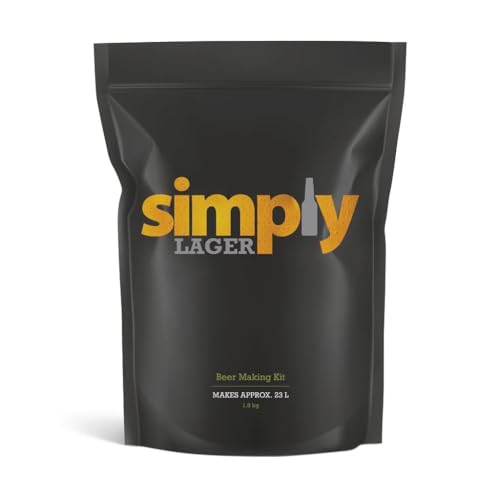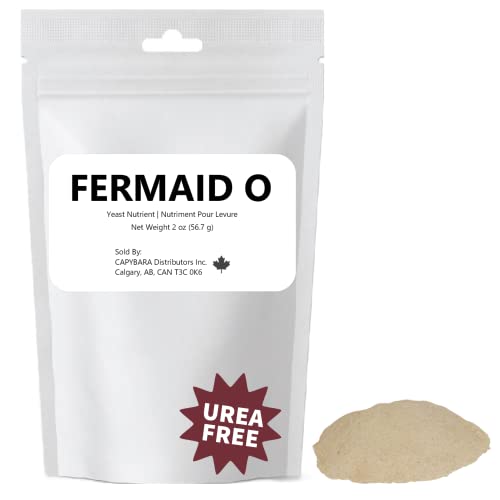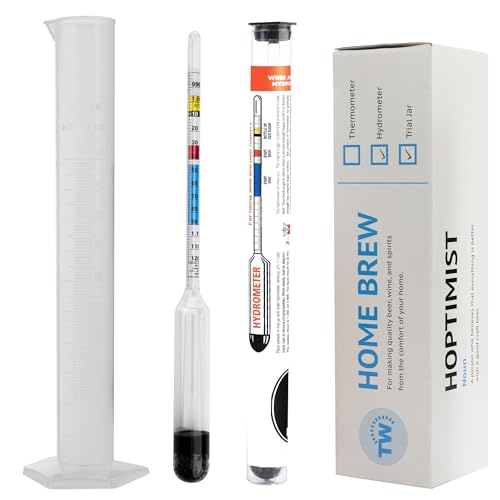Hi Everyone,
I've recently aquired a Totton GP28/11 pump to use in my new brewery build, just wondering if it makes a difference which side of the pump a valve needs to be for regulating the flow of the pump. Would it be better on the inlet side of the pump or the outlet side or doesn't it matter with this type of pump?
regards
gunner
I've recently aquired a Totton GP28/11 pump to use in my new brewery build, just wondering if it makes a difference which side of the pump a valve needs to be for regulating the flow of the pump. Would it be better on the inlet side of the pump or the outlet side or doesn't it matter with this type of pump?
regards
gunner















![BREWING THERMOMETER STICKERS ACCURATELY MONITOR FERMENTING BEER & WINE LIQUID TEMPERATURES 5PCS HOME BREW SPIRITS WINE LCD ADHESIVE [US]](https://m.media-amazon.com/images/I/311DDjo2X3L._SL500_.jpg)

























